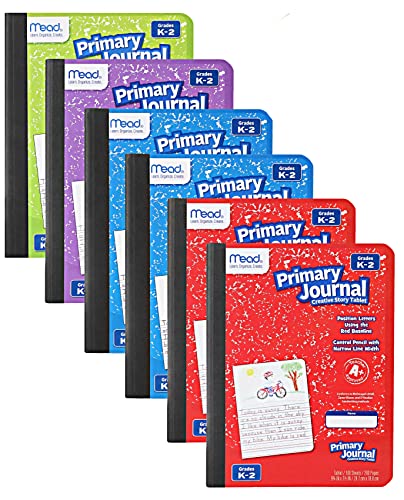Getting Your Classroom Ready for Kid Writing
As an Amazon Associate, I earn from qualifying purchases.
Now that you know the basics of kid writing, let’s talk about what you need to get your classroom ready for your kid writers. Here are my top 10 recommendations for prepping your classroom.
Kid Writing in the 21st Century book Head over to the Hameray website to order a copy of the original text by Feldgus, Cardonick, and Gentry. This book comes spiral bound, so you can easily flip to the page you need. Reading this text will give you a solid background for implementing Kid Writing in your classroom and introduce you to the concepts of merging reading development with writing development. This book also contains a great writing assessment for developing and emergent writers.
Mini-Lesson Station
A mini-lesson station isn’t complete without a small whiteboard that both you and your students can write on. If you don’t already have one in your classroom, head over to Amazon to grab this Luxor Whiteboard Chart Stand. With a magnetic board, buckets at the bottom, and chart clips on the other side, it’s perfect for your Kid Writing mini-lessons. Make sure you’ve got plenty of dry-erase markers, chart paper, and magnets too.
3. Word Wall Resources
Whether you’re studying word families, sight words, or vocabulary specific to a unit, be sure to have words on display for your students to use when writing. I love this simple pocket chart from ALSLEA on Amazon because you can stick all of your words from the unit you are studying in the bottom pocket. If you’re building your collection of Word Wall Resources, head over to TPT, where you can find a wide variety of sight word cards for your word wall. Shelly Rees’ store has a fabulous bundle with 1,000 Fry Sight Words.
4. Phonics Resources
Round up all your phonics resources from your district, or if you’re building your phonics curriculum library, try something like the Word Families Primary Bundle from Keeping My Kinder Busy or the Phonics Word Wall from All Students can Shine. Amazon also has a great selection of phonics cards for a word wall, as well as phonics activities.
5. Kid Crowns
Kid Crowns are an extension of phonics instruction, and add a little bit of play to phonics instruction writing when you place the crowns on stuffed animals that students can take back to their desks while writing. The Kid Writing authors recommend keeping no more than six on display at one time and retiring the crows the students have mastered. We’ve got Kid Crown Medallions in the Acadega Shop, so you can print the ones you’re working on.
6. Letter Formation Curriculum
Don’t forget that letter formation is also part of learning how to write. The more automatic letter formation becomes for students, the more their brains can shift from learning how to write the letters to writing down their ideas. If your district does not already have a handwriting curriculum, I recommend something like Print Path OT’s Handwriting Instruction Mega Bundle because it includes instructional language for how to form the letters and focuses on the correct path of motion to write the letter efficiently. This bundle also includes activities that connect letter formation to phonics, so students are taught to pair phonemes with graphemes.
7. Teacher Made-Resources
Customize your Kid Writing resources to match units you are covering in your classroom. For instance, if you are working on what plants and animals need to survive in science, make a reference list for the words your students will need to describe the science concepts, like food, light, energy, etc. Acadega has some templates built, so you can fill in your own words.
8. Lined Paper and Notebooks
Your emergent writers need lots of space for drawing and letter formation, which can start out in simple teacher-made journals. Here’s a free resource from Acadega with lined paper you can print and staple together to make your own journals. Once you’re ready for something more permanent, I recommend the Primary Journal from Mead that has colored lines and space for drawing. The colored lines are quite useful during letter formation when you instruct students on where each letter touches the line.
9. Author’s Chair
You won’t need much for this one, just a chair from your classroom that’s got a little bit of flair added to it. You can wrap the chair in streamers, paint it, or simply let the students sit in the chair you use for morning instruction.
10. Writing Utensils
Be sure to have plenty of writing utensils on hand for your kid writers. This is going to include markers, crayons, pencils, dry erase markers, and colored pencils. To keep your Kid Writing sessions running smoothly, be sure to outline procedures for having students get out, use, and put away writing utensils. These organizers from Lifewit can help keep all your writing utensils straight. Adding labels with the Phomemo D30 Label Maker will help your students remember which bin holds what.




